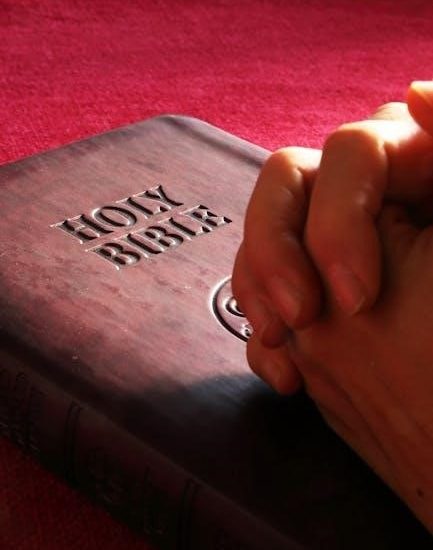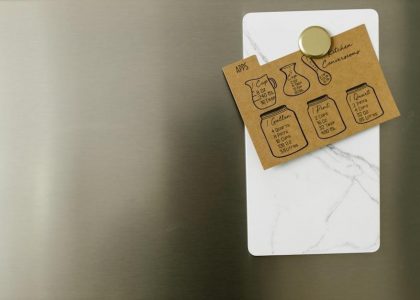This hymn, written by St. Francis of Assisi, celebrates creation’s praise to God. Translated by William H. Draper, it remains a beloved worship anthem globally.
1.1 Historical Background of the Hymn
The hymn “All Creatures of Our God and King” originates from a poem written by St. Francis of Assisi in 1225, titled Canticle of the Sun. It praises God through creation, reflecting Francis’ deep love for nature and spirituality. The poem was translated into English by William H. Draper in 1919, adapting it into a hymn. The melody, Lasst Uns Erfreuen, is a German hymn tune, combining beautifully with Draper’s translation. This hymn has become a beloved anthem in Christian worship, celebrating God’s creation and fostering a sense of unity among believers. Its rich history and timeless message continue to inspire congregations worldwide.
1.2 Significance of the Hymn in Christian Worship
“All Creatures of Our God and King” holds profound significance in Christian worship as a universal anthem celebrating God’s creation. Its lyrics, rooted in St. Francis of Assisi’s spirituality, emphasize praise, stewardship, and unity among all creatures. The hymn transcends denominational boundaries, resonating with believers worldwide. Its theological themes of creation care and joyous worship inspire congregations to reflect on their role within God’s masterpiece. The hymn’s enduring popularity lies in its ability to foster a sense of community and devotion, making it a cornerstone in both traditional and contemporary worship services, reflecting the timeless message of praise to the Creator.
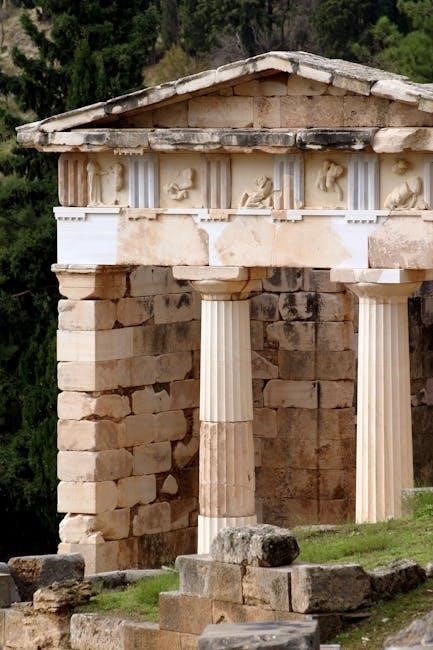
The History of the Hymn
All Creatures of Our God and King originated from St. Francis of Assisi’s poem, translated by William H. Draper in 1919. The tune, Lasst Uns Erfreuen, complements its timeless message, making it a beloved hymn across centuries.
2.1 The Original Poem by St. Francis of Assisi
St. Francis of Assisi wrote the original poem in 1225, titled Canticle of the Sun, reflecting his deep love for creation. It praises God through nature, emphasizing unity and worship, inspiring generations with its timeless spiritual message. The poem’s themes of stewardship and joy resonate universally, making it a cornerstone of Christian hymnody. Its translation and adaptation into All Creatures of Our God and King have preserved its essence, ensuring its legacy endures in worship and culture.
2.2 Translation by William H. Draper
William H. Draper translated St. Francis of Assisi’s Canticle of the Sun into English in 1919, creating the hymn All Creatures of Our God and King. Draper’s translation captured the original’s spiritual essence, transforming it into a congregational hymn. His version retained the poetic structure and theological depth, making it accessible for worship. The hymn consists of multiple verses, each praising different aspects of creation, with a chorus of Alleluia. Draper’s work paired perfectly with the German tune Lasst Uns Erfreuen, enhancing its musical appeal. His translation has become a cornerstone of Christian worship globally, celebrating God through creation’s praise and human stewardship.
2.3 The Tune “Lasst Uns Erfreuen”
The hymn is set to the German tune Lasst Uns Erfreuen, which translates to “Let Us Rejoice.” This jubilant melody, with its soaring phrases, perfectly complements the celebratory nature of St. Francis’s text. The tune’s origins are traced to 17th-century Germany, and its harmony was later arranged by Ralph Vaughan Williams, a prominent composer. The melody’s rhythmic energy and resonant quality make it ideal for congregational singing. Its association with Draper’s translation has cemented its place in Christian worship, creating a timeless union of sound and spirit that reflects the hymn’s themes of creation and praise.

Lyrics and Structure
The hymn’s lyrics, translated by William H. Draper, reflect St. Francis’s poetic praise of creation. Its structure includes multiple verses with a repeating Alleluia refrain, enhancing worshipful expression.
3.1 Verse-by-Verse Analysis
The hymn begins with a call to all creation to praise God, emphasizing unity and joy; Each verse highlights different aspects of creation, from the sun to humanity, reflecting St. Francis’s deep connection with nature. The Alleluia refrain underscores celestial joy, while the closing verse invites all to serve God with humility and love. The structure and repetition enhance congregational participation, making it a powerful worship tool.
3.2 Theological Themes in the Lyrics
The hymn explores profound theological themes, including creation’s praise to God, stewardship, and the unity of all living beings. It reflects St. Francis’s belief in the interconnectedness of creation, emphasizing God as the source of all life. The lyrics also highlight the dual call to worship and service, urging believers to glorify God with joy and humility. The Alleluia refrain underscores the joyful nature of praise, while the address to “all creatures” underscores the universal scope of God’s sovereignty. These themes resonate deeply in Christian theology, inspiring reverence and devotion to the Creator.

Musical Arrangements
The hymn features various arrangements, including Chorale Concertato, SATB, organ, and instrumental accompaniments. Trumpets enhance its grandeur, making it a versatile piece for worship settings.
4.1 Chorale Concertato Arrangement
The Chorale Concertato arrangement of “All Creatures of Our God and King” combines choir, congregation, and instruments, creating a dynamic worship experience. It typically features SATB choir, two trumpets, and organ, blending traditional hymnody with festive elements. The arrangement often includes intricate harmonies and counterpoint, enhancing the hymn’s theological depth. This format is particularly popular in special services and celebrations, offering a grand yet accessible rendition of St. Francis of Assisi’s timeless text. The interplay between choral and instrumental parts underscores the hymn’s themes of creation and praise.
4.2 SATB and Organ Arrangements
The SATB (Soprano, Alto, Tenor, Bass) and organ arrangements of “All Creatures of Our God and King” offer a rich, harmonious sound, ideal for traditional worship settings. These arrangements typically feature the full choir, accompanied by a solo organ, creating a balanced blend of vocal and instrumental texture. The organ provides a robust foundation, while the SATB parts deliver the hymn’s poetic imagery with clarity. Dynamics and phrasing are carefully nuanced to emphasize the theological themes, such as creation and praise. Many PDF versions of these arrangements are available, making them accessible for choirs and congregations to use in worship services, ensuring the hymn’s enduring legacy in sacred music.
4.3 Instrumental Accompaniment Options
The hymn “All Creatures of Our God and King” offers versatile instrumental accompaniment options, enhancing its rich musicality. Common arrangements feature organs, orchestras, or brass ensembles, with trumpets often adding a celebratory tone. PDF versions provide sheet music for various instruments, allowing flexibility in performance. The organ is a traditional choice, offering a sturdy harmonic foundation, while orchestral arrangements expand the hymn’s grandeur. Brass instruments, particularly trumpets, emphasize triumphant themes, making the hymn suitable for both intimate and grand worship settings. These instrumental options enrich the hymn’s emotional depth, ensuring its enduring appeal in diverse musical contexts and worship traditions.
4.4 Modern Interpretations and Remixes
Modern interpretations of “All Creatures of Our God and King” have breathed new life into the classic hymn. Contemporary artists and worship bands often blend traditional melodies with modern styles, such as rock, pop, and electronic elements. These remixes frequently feature instruments like electric guitars, drums, and synthesizers, creating a dynamic sound that appeals to younger generations. Digital tools and software enable innovative arrangements, while maintaining the hymn’s timeless theological core. Such reinterpretations ensure the hymn remains relevant in today’s diverse worship landscapes, connecting centuries-old praises with contemporary musical expressions.
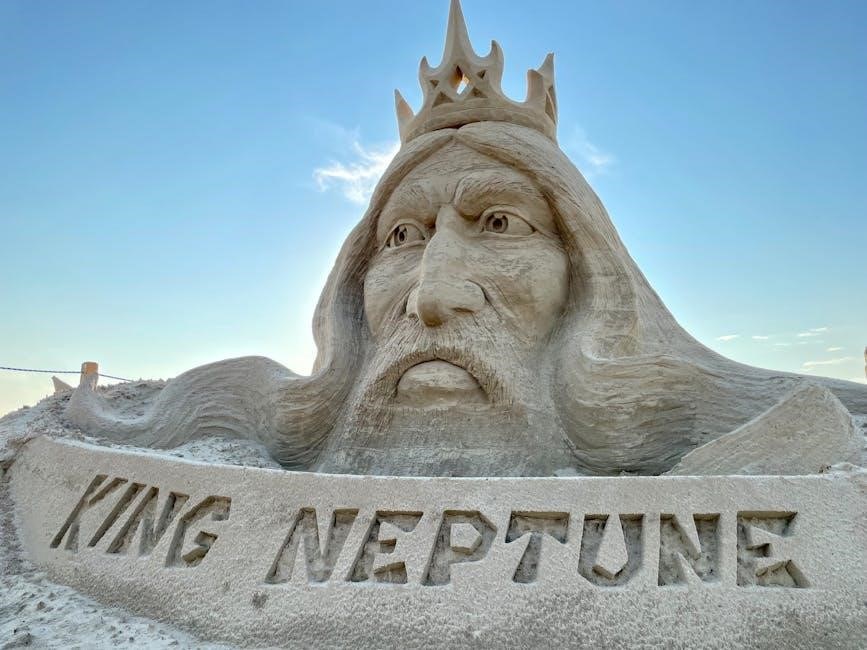
Cultural and Religious Impact
The hymn bridges faith communities, emphasizing creation care and unity. Its universal message transcends denominations, resonating across cultures and fostering a shared reverence for God’s creation globally.
5.1 The Hymn in Protestant Worship
All Creatures of Our God and King holds a revered place in Protestant worship, often sung during Easter and creation-themed services. Its robust melody and joyful lyrics inspire congregations to praise God. The hymn’s inclusion in numerous Protestant hymnals underscores its enduring popularity. Many denominations, such as Anglican and Presbyterian churches, feature it prominently, reflecting its timeless appeal. The hymn’s call to all creation to worship unites believers, fostering a sense of community and shared devotion. Its presence in modern worship sets highlights its adaptability, ensuring its relevance across generations of Protestant worshippers.
5.2 Use in Catholic Liturgy
All Creatures of Our God and King is deeply rooted in Catholic tradition, given its origins in St. Francis of Assisi’s poetry. The hymn is frequently incorporated into Catholic liturgies, particularly during celebrations of creation and environmental stewardship. Its universal themes of praise resonate within Catholic teachings, emphasizing humanity’s role as caretakers of God’s creation. The hymn’s joyful tone and rich imagery align with the vibrant expressions of faith in Catholic worship. It is often sung during Easter and other festive occasions, accompanied by grand instrumentation, such as trumpets and organs, to reflect its celebratory nature. This hymn not only unites congregations in worship but also inspires reflection on humanity’s sacred responsibility to creation.
5.3 Ecumenical Significance
All Creatures of Our God and King holds profound ecumenical significance, transcending denominational boundaries through its universal themes of creation and praise. The hymn, rooted in St. Francis of Assisi’s Catholic heritage, has become a unifying force across Christian traditions. Its theological richness and accessibility make it a favorite in ecumenical gatherings, fostering unity among diverse worshiping communities. The hymn’s emphasis on creation care and stewardship resonates with shared values across denominations, while its joyful tone and familiar melody create a sense of shared identity. This ecumenical appeal ensures its enduring relevance in interfaith and collaborative worship settings worldwide.
5.4 The Hymn in Popular Culture
All Creatures of Our God and King has transcended traditional worship settings, appearing in films, television shows, and even secular performances. Its uplifting melody and universal message of praise have made it a popular choice for various media. For instance, the hymn has been featured in movies and documentaries, often accompanying scenes of natural beauty or moments of spiritual reflection. Additionally, its adaptation by contemporary artists has introduced it to new audiences, blending traditional lyrics with modern musical styles. This crossover appeal highlights the hymn’s enduring relevance and its ability to resonate with diverse cultural contexts beyond religious services.

Performance and Worship
All Creatures of Our God and King is a staple in worship services, often performed congregationally with vibrant instrumentation. Its uplifting melody and joyful lyrics inspire active participation, fostering a sense of unity and praise among worshippers.
6.1 Congregational Singing Practices
All Creatures of Our God and King is a cornerstone of congregational worship, often sung with enthusiasm and unity. The hymn’s uplifting melody and joyful lyrics make it ideal for collective praise. Typically performed with a robust organ accompaniment, it sometimes features trumpets to emphasize its triumphant tone. Congregations worldwide embrace its call to worship, singing with gusto and reflection. The hymn’s structure, with verses and a recurring “Alleluia!” refrain, fosters active participation. Its arrangement by Ralph Vaughan Williams, known as the Chorale Concertato, further enhances its communal appeal, blending voices and instruments in a celebration of creation and devotion.
6.2 Solo and Choral Performances
All Creatures of Our God and King shines in both solo and choral renditions, showcasing its versatility. Soloists often deliver heartfelt interpretations, emphasizing the hymn’s reflective aspects, while choirs leverage its harmonious structure for powerful performances. The “Alleluia” refrain, with its soaring melody, is particularly suited for choral harmonies, creating a jubilant atmosphere. SATB arrangements, accompanied by organs or orchestras, enhance the hymn’s grandeur. The Chorale Concertato version, featuring congregation and trumpets, highlights communal worship. Such performances, supported by resources like the PDF, which offers SATB scores, illustrate the hymn’s adaptability, making it a staple in various worship settings and ensuring its enduring appeal in diverse musical interpretations.
6.4 The Role of Trumpets and Other Instruments
Trumpets play a triumphant role in “All Creatures of Our God and King,” often featured in arrangements to emphasize the hymn’s jubilant tone. The Chorale Concertato version includes two trumpets, blending with the organ and congregation to create a dynamic worship experience. Other instruments, like orchestral accompaniments, enhance the hymn’s grandeur, while the organ provides a foundational harmony. The interplay between brass and voices underscores the hymn’s celebratory nature, drawing the community into collective praise. The PDF resources offer detailed instrumental scores, ensuring versatile performances that resonate across diverse musical settings, from traditional to contemporary arrangements, enriching the hymn’s timeless appeal.
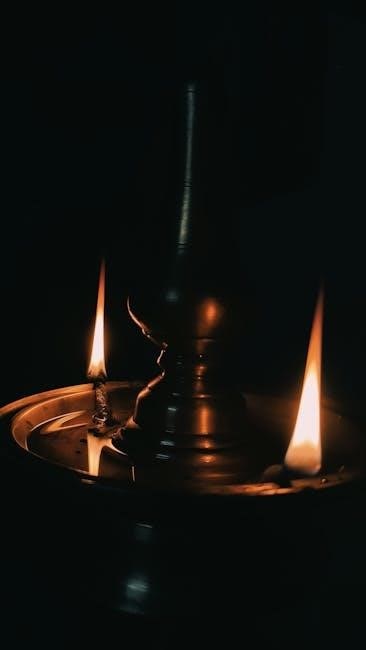
The PDF Resource
The PDF version of “All Creatures of Our God and King” provides a convenient digital format for worship and study. It features the full lyrics, musical notation, and arrangements, making it an essential resource for congregations and musicians. The PDF is widely accessible and often includes complementary educational materials, enhancing its utility for both personal and communal use.
7.1 Overview of the PDF Version
The PDF version of All Creatures of Our God and King offers a comprehensive digital resource. It includes the complete hymn text, translated by William H. Draper, and the traditional melody Lasst Uns Erfreuen. The document is formatted for easy reading and singing, with clear lyrics and musical notation. Additionally, it provides chord charts and arrangements for various instruments, making it suitable for both individual and congregational use. The PDF is widely available online and serves as a valuable tool for worship leaders, musicians, and congregations seeking to incorporate this beloved hymn into their services.
7.2 Features of the PDF Edition
The PDF edition of All Creatures of Our God and King is a detailed and versatile resource. It includes high-quality sheet music with lyrics, SATB arrangements, and organ scores. The document features the traditional tune Lasst Uns Erfreuen, along with chord charts for instrumental accompaniment. Designed for both personal and congregational use, the PDF is compatible with various devices and platforms. It also includes performance notes, making it ideal for worship leaders and musicians. The clear layout and professional formatting ensure readability, while interactive features like bookmarks enhance navigation. This edition is a practical tool for incorporating the hymn into worship services and personal devotion.
7.3 How to Access and Use the PDF
To access the PDF of All Creatures of Our God and King, visit trusted platforms like Hymnary.org or other reputable worship resources websites. Search for the hymn by title or composer to locate the PDF. Once downloaded, the document is compatible with various devices, ensuring easy access. Print the PDF for congregational use or share digitally with worship teams. The file often includes interactive features like bookmarks for quick navigation. For personal or group study, use the PDF to explore lyrics, sheet music, and theological themes. Ensure proper licensing and attribution when reproducing or distributing the PDF for worship or educational purposes.

Theology and Spirituality
The hymn reflects Franciscan theology, emphasizing stewardship of creation and joy in praising God. Its Alleluia refrain expresses spiritual delight in worship and divine connection.
8.1 Stewardship and Creation Care
The hymn “All Creatures of Our God and King” embodies a profound theology of stewardship and care for creation. Rooted in St. Francis of Assisi’s devotion to nature, it portrays the world as a sacred gift from God, worthy of reverence and protection. The lyrics celebrate the interconnectedness of all creation, from the sun and moon to the wind and waters, emphasizing humanity’s role as caretakers. This theological perspective calls believers to live sustainably and compassionately, recognizing the intrinsic value of the earth and its inhabitants. The hymn thus serves as a spiritual invitation to honor God by preserving and cherishing His creation responsibly.
8.2 Praise and Worship in the Hymn
“All Creatures of Our God and King” is a powerful expression of praise and worship, calling all creation to glorify God. The hymn’s verses invite elements of nature and humanity to join in joyful adoration, reflecting St. Francis’ belief in the unity of all creation. The repetition of “Alleluia” underscores the triumphant and celebratory nature of worship. This hymn not only exalts God’s majesty but also fosters a sense of communal praise, uniting believers across generations in their devotion. Its rich imagery and heartfelt language make it a timeless piece in Christian worship, inspiring profound spiritual connection and reverence for the divine.
8.3 The Role of Alleluia in the Hymn
The hymn “All Creatures of Our God and King” prominently features the Alleluia refrain, serving as a joyful expression of praise to God. This term, meaning “Praise the Lord,” punctuates the verses, emphasizing the celebratory tone and inviting worshippers to join in exuberant adoration. The Alleluia acts as a unifying element, drawing together the diverse elements of creation celebrated in the hymn. Its repetition underscores the eternal and universal nature of worship, reflecting St. Francis’ vision of harmony between all creatures and their Creator. This refrain has become iconic in Christian worship, evoking a deep sense of spiritual connection and communal celebration.
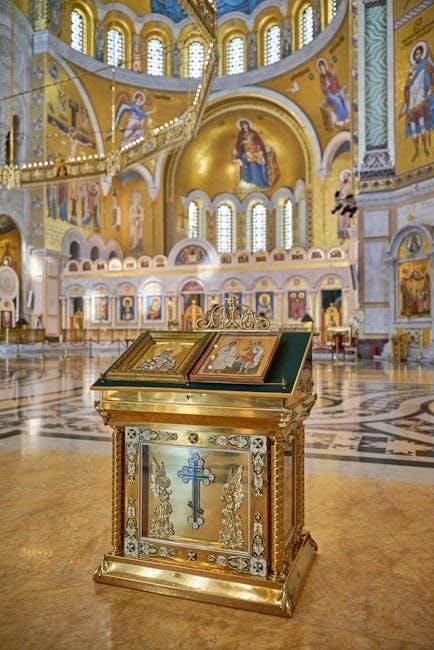
Educational Resources
Educational resources for “All Creatures of Our God and King” include teaching materials, worship guides, and sheet music. These aids help learners engage deeply with the hymn’s theology and music, fostering spiritual growth and musical understanding.
9.1 Teaching the Hymn to Children
Teaching “All Creatures of Our God and King” to children involves simplifying its rich theology and music. Begin by introducing St. Francis of Assisi’s love for creation, using visuals of animals and nature to engage young minds. Break down the lyrics into manageable verses, emphasizing themes like praise, thanksgiving, and stewardship. Incorporate hand gestures or movements to make the hymn interactive. Use age-appropriate instruments, such as tambourines or chimes, to encourage participation. Discuss the Alleluia refrain, explaining its meaning as a joyful expression of worship. Provide a kid-friendly PDF version with illustrations and easy-to-read text to aid learning and enthusiasm for the hymn.
9.2 Using the Hymn in Worship Education
The hymn “All Creatures of Our God and King” is a powerful tool for worship education, teaching theological concepts like creation care and praise. Its rich lyrics, rooted in St. Francis of Assisi’s devotion, help learners connect faith with nature. Educators can use the hymn to explain the Alleluia refrain as a joyful expression of worship. The PDF version, featuring sheet music and historical context, aids in teaching musical and liturgical elements. It also highlights the hymn’s ecumenical significance, making it a versatile resource for exploring worship practices across traditions. This approach fosters a deeper understanding of worship’s purpose and expression.
9.3 Sheet Music and Learning Aids
The PDF version of “All Creatures of Our God and King” offers comprehensive sheet music, including SATB arrangements and instrumental accompaniments. It features chord charts, making it accessible for worship bands. Learning aids like lyrics breakdowns and theological insights help educators teach the hymn’s meaning. The PDF also includes historical context, enhancing understanding of its origins. Interactive tools, such as practice videos, aid musicians in mastering the tune. These resources make the hymn an invaluable tool for worship education, ensuring its legacy endures across generations and musical styles.
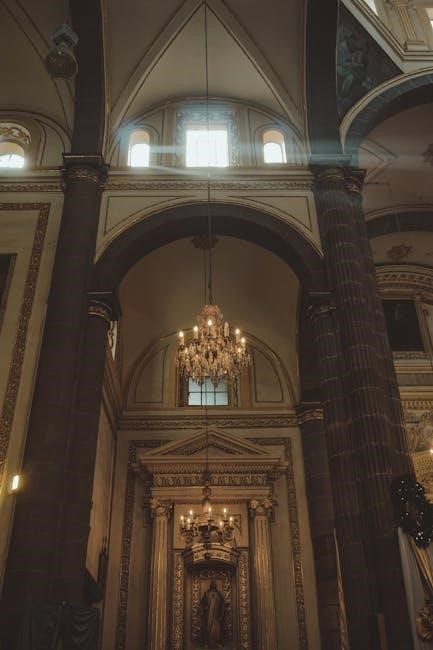
Legacy and Modern Relevance
“All Creatures of Our God and King” remains a timeless hymn, resonating across generations with its universal message of creation’s praise. Its modern arrangements ensure its continued relevance in worship worldwide.
10.1 The Enduring Popularity of the Hymn
The hymn’s enduring popularity stems from its universal message of praise and unity. It resonates across diverse cultures and denominations, making it a staple in both traditional and contemporary worship. The hymn’s timeless themes of creation care and joyful praise continue to inspire congregations globally. Its adaptability to various musical arrangements, from classical organ to modern instrumental interpretations, has ensured its relevance across generations. Additionally, its use in both Protestant and Catholic traditions highlights its ecumenical appeal, fostering unity among believers. This versatility and profound theological depth ensure its continued presence in worship worldwide, solidifying its legacy as a beloved hymn.
10.2 The Hymn in Contemporary Worship
“All Creatures of Our God and King” remains a vibrant part of contemporary worship, with its message of creation care and praise resonating deeply. Modern arrangements often blend traditional organ music with contemporary instruments like guitars and drums, appealing to a wide audience. The hymn’s versatility allows it to be incorporated into various worship styles, from intimate acoustic settings to grand orchestral performances. Its enduring relevance is evident in its use by both traditional and modern churches, ensuring its continued presence in worship. The hymn’s timeless themes of praise and stewardship connect with today’s congregations, making it a bridge between classical and contemporary worship traditions.
10.3 The Hymn as a Unifying Force
“All Creatures of Our God and King” serves as a powerful unifying force in worship, transcending denominational and cultural boundaries. Its universal message of praise and creation care resonates with diverse congregations, fostering a sense of shared devotion. The hymn’s timeless themes bridge generations and traditions, uniting believers in collective worship. Its inclusion in ecumenical services and global church gatherings highlights its ability to bring people together. By celebrating God’s creation, the hymn encourages unity and shared purpose among all who sing it, making it a beloved and unifying anthem for Christians worldwide.

